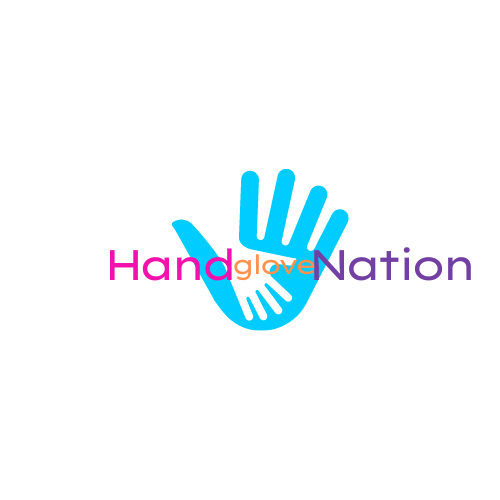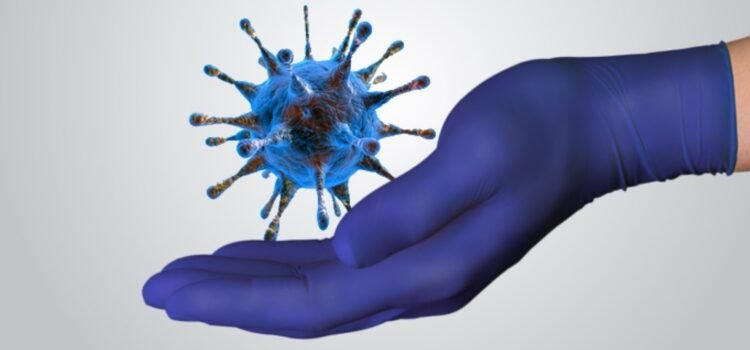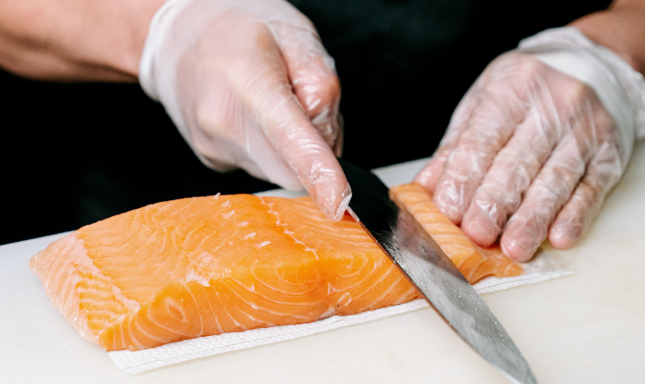Throughout history, pandemics have destroyed communities, causing sickness and death on a huge scale. From the bubonic plague to COVID-19, these epidemics have highlighted the need for protective measures, including the use of gloves. Today, we will talk about the different types of epidemics that have occurred in history and the importance of gloves in pandemics to save individuals from the spread of transferable viruses.
Types of Pandemics:
Pandemics are transferable viruses/diseases that spread across large environmental areas and affect a major part of the population. In history, many pandemics passed with different degrees of severity. Some of the most notable pandemics include:
Bubonic Plague:
This pandemic, also known as the Black Death, occurred in the 14th century and was accountable for the deaths of an estimated 75-200 million people. The virus was spread by fleas that lived on rats, and signs included fever, chills, and swollen lymph nodes.
Spanish Flu:
This pandemic occurred in 1918 and was accountable for the deaths of almost 50 million people worldwide. The H1N1 influenza virus caused the virus and spread quickly due to the close living conditions of soldiers during World War I.
HIV/AIDS:
This disease started in the 1980s and has since infested more than 75 million people worldwide. The virus is caused by the human immunodeficiency virus (HIV) and attacks the immune system, making individuals more sensitive to other viruses or infections.
COVID-19:
This ongoing pandemic started in 2019 and has since infested more than 160 million people all over the world. The novel coronavirus causes the disease, and it involves tiny drops that come out when someone breathes, coughs, or sneezes.
Monkeypox:
Recently some new cases reported in different countries that people affected by monkeypox. This is a rare viral disease that look like smallpox but is slighter. Signs include fever, rash, and swollen lymph nodes, and it can be fatal. It spreads from animals to humans, mostly rodents (a kind of rates) and primates (specie of monkeys), in Central and West Africa.
The Importance of Gloves in Pandemics:
People have been using gloves for centuries as a protecting measure during wide spread viruses or pandemics. They act as a physical barrier between the individual and transferable materials, to stop the spread of viruses. Healthcare workers have been using gloves as a standard protection for working with infectious patients. Throughout the COVID-19 pandemic, gloves have been used by individuals in grocery shops and restaurants to reduce the risk of spread. Personal protective equipment (PPE), mostly gloves, plays a key role to stop the spread of virus during pandemics. Here I have mentioned different types of gloves used in pandemics and their specific uses.
Nitrile Gloves:
Manufacturers make Nitrile gloves from a artificial or synthetic material and normally used in medical locations. These gloves provide exceptional puncture resistance and are highly resistant to chemicals.
Latex Gloves:
Manufacturer companies make Latex gloves from a natural rubber. These gloves extensively used in the medical industry. These gloves provide good elasticity and fit comfortably to the hand.
Vinyl Gloves:
Vinyl gloves are made from a synthetic or artificial material and are a cost-effective alternate to latex and nitrile gloves. These gloves are less elastic than other types of gloves, but still provide a good barrier against infection and virus.
Polyethylene Gloves:
Manufacturers make polyethylene gloves from a lightweight plastic material and usually use them in food service and other industries that need regular glove changes. These gloves are not as durable as other types of gloves, but are reasonable and offers a basic level of safety against infection and virus.
Gloves for Specialized Uses:
Moreover, gloves designed for specific uses include butyl rubber gloves, which are highly resistant to chemical permeation in research and manufacturing settings. Additionally, cut-resistant gloves made from materials like Kevlar find widespread use in high-risk industries such as construction and manufacturing. Selecting the appropriate glove for each task is crucial, as different types cater to different purposes. By using gloves tailored to their needs, individuals can enhance protection, promote safety, and minimize the risk of accidents or exposure to hazardous substances.
Conclusion
Indeed, we can’t deny the importance of gloves in pandemics. Many types of gloves are used in pandemics, each having their own exclusive characteristics and benefits. Understanding the different types of gloves available and their specific uses is important in choosing the right type of gloves for effective protection and safety against pandemics.



